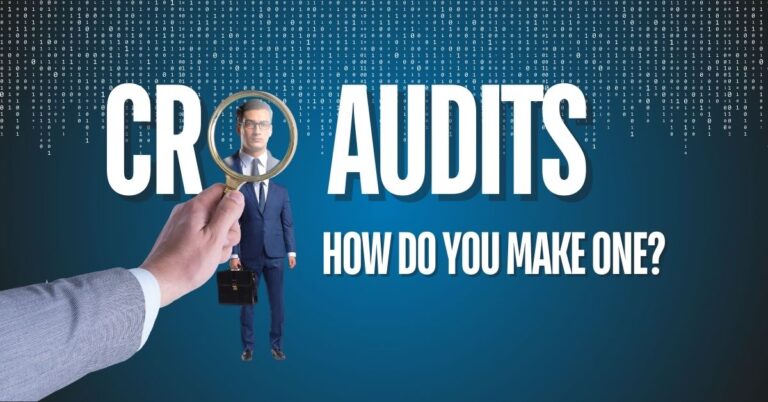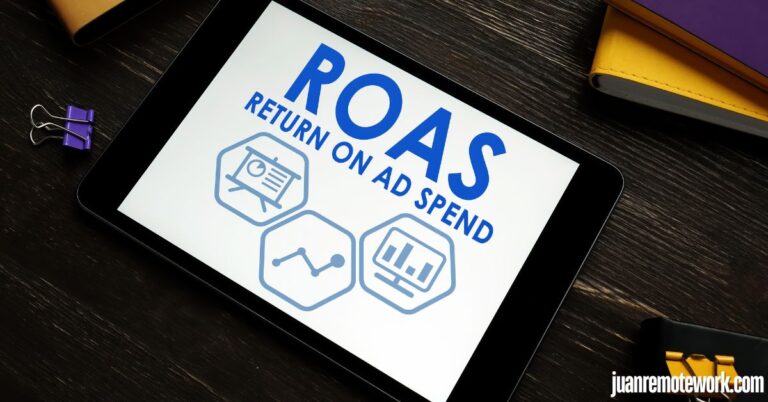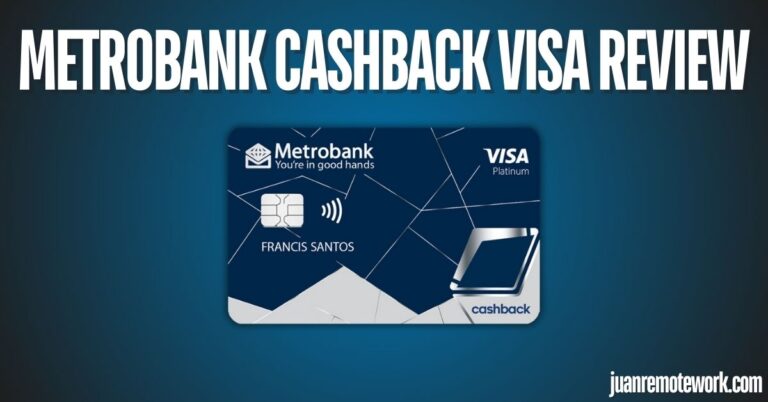How to Convert Blog Readers Into Customers in 9 Easy Ways
Alright, you’ve been building out your blog for many ages now, and you’ve started to drive traffic to it.
But now what? The traffic that all those SEO gurus talk about just doesn’t seem to cut it when trying to recoup the time, effort, and cost you’ve put into growing your website.
Is traffic the end-all and be-all? Certainly not.
The next step you should take is learning HOW to convert your loyal readers into customers who avail themselves of the services or products you offer.
Not only can this prove that your opinion matters, but it also shows that they trust you enough to care.
In this article, we’ll be showing you exactly how you can turn your readers into customers with relative ease.
Why Its Important to Turn Your Blog Readers Into Paying Customers

First and foremost, let’s get you up to speed with the most important reasons on WHY you should prioritize turning your users into customers:
Increased Revenue
One of the most compelling reasons to convert blog readers into customers is to increase revenue.
By leveraging your blog as a sales tool, you can direct readers towards your products or services, leading to direct sales and increased profitability.
This makes your blog not just a platform for sharing content but also a crucial part of your sales strategy.
Enhanced Customer Loyalty
When readers find your blog content helpful and engaging, they develop a sense of trust and loyalty to your brand.
Converting these readers into customers means that you’re turning already engaged individuals into buyers who are likely to have a positive perception of your brand.
This can lead to repeat sales, referrals, and a strong, loyal customer base.
Cost-Effective Marketing
Converting existing blog readers into customers is often more cost-effective than acquiring new customers through other marketing channels.
Since the readers are already familiar with your brand and have shown interest by regularly engaging with your content, the marketing efforts required to convert them into customers are typically lower.
This results in a higher ROI for your marketing initiatives.
Now that you understand the importance of converting, let’s go through the actionable steps you can take to turn these blog readers into customers:
How Do You Convert Blog Readers Into Customers?

1. Know Who You Are Writing For
Develop detailed buyer personas to grasp your target audience’s demographics, interests, pain points, and goals. This helps you communicate in a way that resonates with them, using their language and addressing their specific needs.
Tip:
Use tools like Quora, social media groups, product reviews, customer support inquiries, competitor blogs, and direct feedback to identify relevant topics that address your audience’s pain points.
2. Produce Content Based on the Buyer’s Journey
To effectively convert blog readers into customers, tailor your content to align with the different stages of the buyer’s journey.
During the Awareness Stage, provide content that helps readers identify their problems or needs. In the Consideration Stage, offer solutions and compare options to aid readers in evaluating their choices.
Finally, in the Decision Stage, present compelling reasons and clear calls-to-action (CTAs) to encourage readers to make a purchase.
3. Cliffhangers and Content Upgrades
Write content that piques readers’ interest without revealing everything, encouraging them to provide their contact details for further information, such as a free eBook or exclusive guide.
Offer valuable resources like checklists, worksheets, or guides in exchange for email addresses to build your email list and keep readers engaged with your brand.
4. Break Down Your Ideas
Use subheadings, bullet points, and bold text to make your content easily scannable. This helps readers quickly grasp the key points, even if they don’t read the entire article.
5. Effective Calls-to-Action (CTAs)
Every blog post should include a clear, compelling CTA. Use action-oriented language that tells readers exactly what to do next. Place CTAs in prominent locations, such as the top of the page, within the post, in the sidebar, or as pop-ups.
Tip:
Use language that creates a sense of urgency, such as limited-time offers or exclusive deals, to encourage immediate action.
6. Leverage On-Page Ads
Use on-page ads to monetize your blog by strategically placing them within your content to attract reader attention without being intrusive.
Static Ads
Use sidebars or signup forms to encourage newsletter subscriptions or other actions. Ensure these ads are relevant and non-intrusive to avoid annoying your readers.
Scrolling Ads
Implement ads that follow readers as they scroll, ensuring your message remains visible without being obtrusive.
Notification Bars
Use tools like HelloBar to place CTAs at the top or bottom of your page, capturing attention and promoting specific actions.
Pop-Ups
Utilize exit-intent pop-ups to capture leads before they leave your site. Offer something valuable, like an eBook or discount, to entice them to stay engaged.
7. Retargeting and Remarketing
Use retargeting to bring back visitors who didn’t convert on their first visit. Show them relevant ads as they browse other websites, reminding them of your products and offers.
8. Build Trust and Credibility
Integrate social proof like testimonials, reviews, and case studies into your blog content to establish trust and credibility, influencing potential customers’ decisions positively.
Additionally, offer free value through trials, downloadable resources, or exclusive content, allowing readers to experience the quality of what you provide without initial cost.
This combination not only builds trust but also enhances the perceived value of your offerings, encouraging deeper engagement and conversion.
9. Measure and Optimize
Use tools like Google Analytics to track your blog’s performance, including click-through rates, conversions, and other key metrics. Use this data to refine your strategies and improve conversion rates over time.
FAQs
How can I measure the effectiveness of my blog in converting readers into customers?
Measure the effectiveness of your blog by tracking key performance indicators (KPIs) such as conversion rates, click-through rates, and the number of leads generated.
Use tools like Google Analytics to monitor visitor behavior, track how long they stay on your site, and see which pages are most effective at converting readers.
A/B testing different elements (like CTAs and headlines) can also provide insights into what works best (Neil Patel) (The Manifest).
What role do visuals play in converting blog readers into customers?
Visuals play a crucial role in keeping readers engaged and conveying information quickly. Use high-quality images, infographics, and videos to complement your text.
Visuals can help explain complex concepts, showcase products, and provide social proof through testimonials.
Videos, in particular, can increase engagement and conversions by providing a more dynamic and personal way to connect with your audience.
How can I use email marketing to convert blog readers into customers?
Email marketing is a powerful tool for converting blog readers into customers.
Collect email addresses through lead magnets, such as free eBooks, checklists, or webinars. Once you have their emails, send personalized and relevant content that addresses their needs and interests.
Use segmented email lists to target specific groups with tailored offers and information. Include strong CTAs and make it easy for recipients to take the next step, whether it’s purchasing a product or signing up for a service.
Conclusion
If you’re looking for a content manager to help you turn your readers into paying customers, consider contacting me, Darren Encabo. I specialize in this area and can assist you with your content needs.
Feel free to browse our blog for topics related to freelancing and online work. We cover various subjects, including whether freelancing is worth it and how to become a freelancer in the Philippines.
In conclusion, by implementing these enhanced strategies, you can effectively convert blog readers into paying customers. This process involves building trust, engaging them with valuable content, and guiding them through the sales funnel towards making a purchase.







